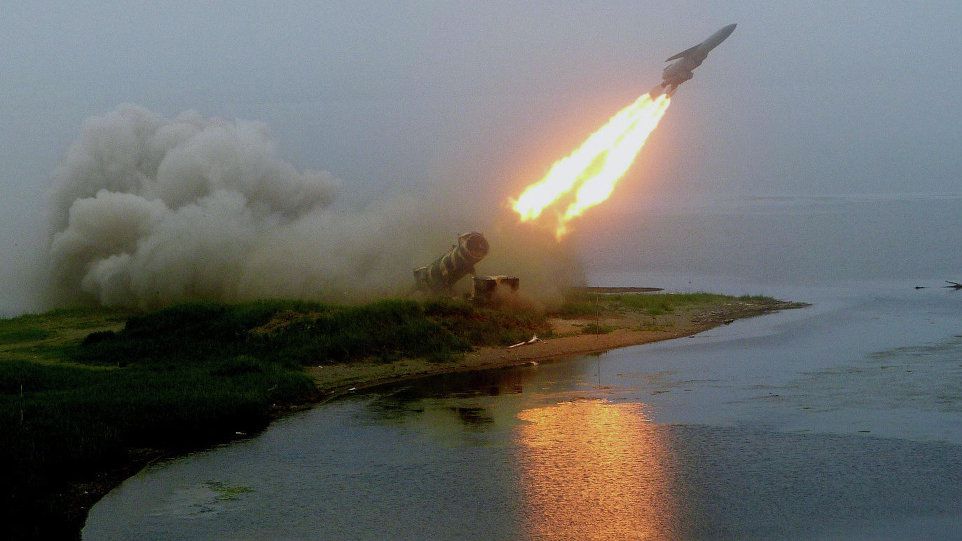Russia Develops Mach Six Anti-Ship Missile

Russian defense officials claim to have developed an anti-ship missile capable of speeds in excess of 4,000 miles per hour, or about six times the speed of sound. That is as fast as the U.S. Navy's prototype railgun projectile – but the new Zircon missile can travel more than twice as far, and with a guided flight path.
The Zircon's speed may exceed the track-and-defeat abilities of some defensive anti-missile systems, and defense sources say that the scramjet-powered munition could pose a threat to the newest vessels of the Royal Navy. The service's new carriers, the HMS Queen Elizabeth and HMS Prince of Wales, will be fitted with the Sea Ceptor anti-missile system, which is only designed to intercept incoming projectiles with speeds of up to 2,300 mph.
“Hypersonic missiles are virtually unstoppable. The whole idea of the carrier is the ability to project power. But with no method of protecting themselves against missiles like the Zircon the carrier would have to stay out of range, hundreds of miles out at sea," a naval source told the UK's Sunday People. “Its planes would be useless and the whole basis of a carrier task force would be redundant.”
Activist and naval affairs commentator Pete Sandeman told the Daily Star that defending against these missiles would be extremely challenging, requiring early detection, rapid response and – even if the missile were knocked out on its terminal approach – a way to mitigate damage from ultra-high-speed debris.
Sources told UK media that the new hypersonic missiles could be deployed as early as 2022 – just two years after the Royal Navy's new carriers are set to enter service. The service declined to comment, citing a policy that bans the discussion of force protection capabilities.
The fears of an unstoppable Russian "carrier killer" mirror concerns about China's DF-26 anti-ship ballistic missile, which may be able to deliver a warhead with precision accuracy up to 2,500 miles from shore – putting Guam within range of a missile fired from mainland China. However, U.S. Navy chief of naval operations Adm. John Richardson notes that there is a substantial network of sensor systems and guidance required to make a precision-guided ballistic missile arrive on target. Disrupting that electronic command-and-control system could be an effective defense, even if shooting down the missile on its terminal approach would be unlikely. “Our response would be to inject a lot of friction into that [targeting] system,” Richardson said at a panel discussion last June.
